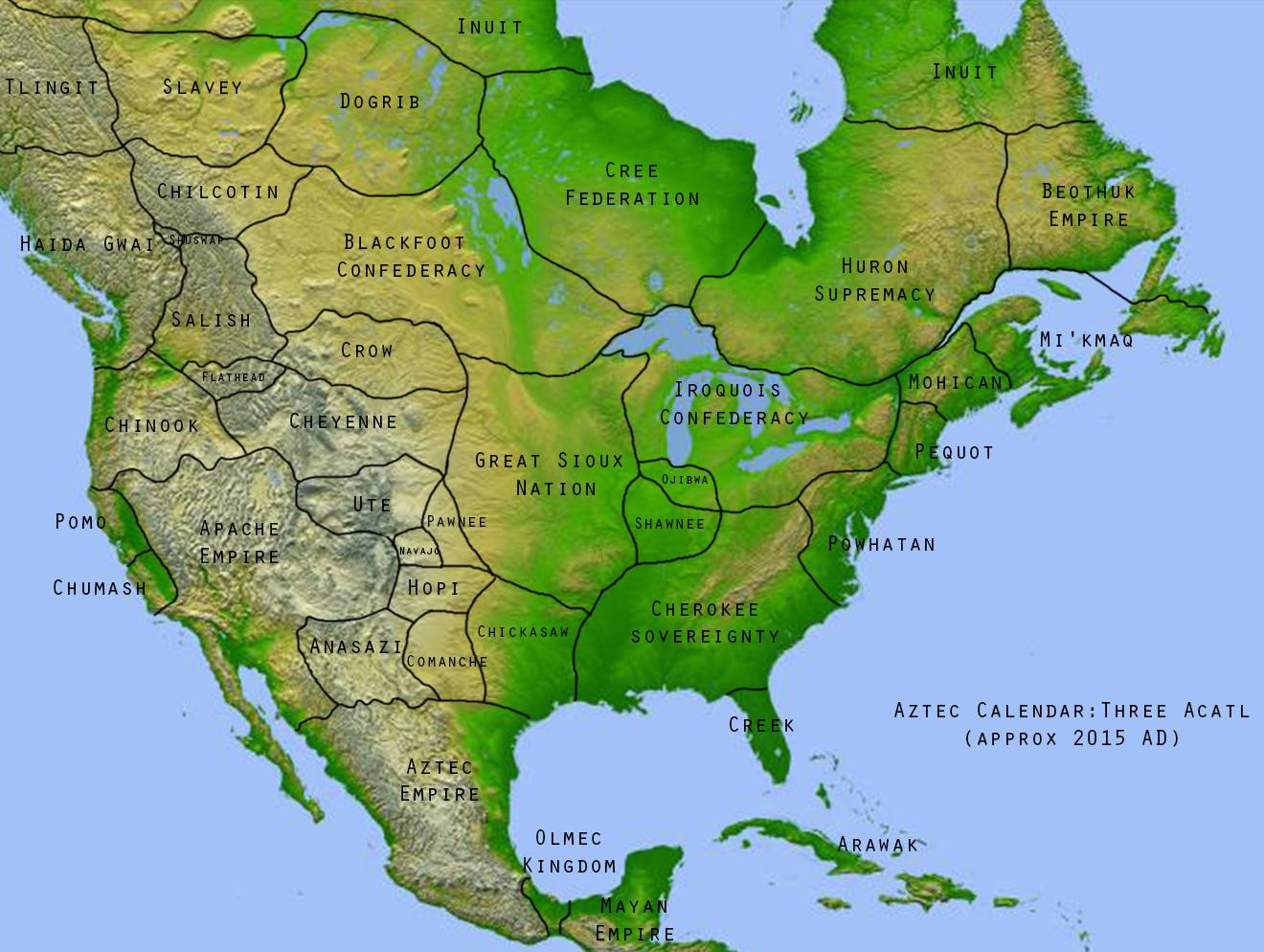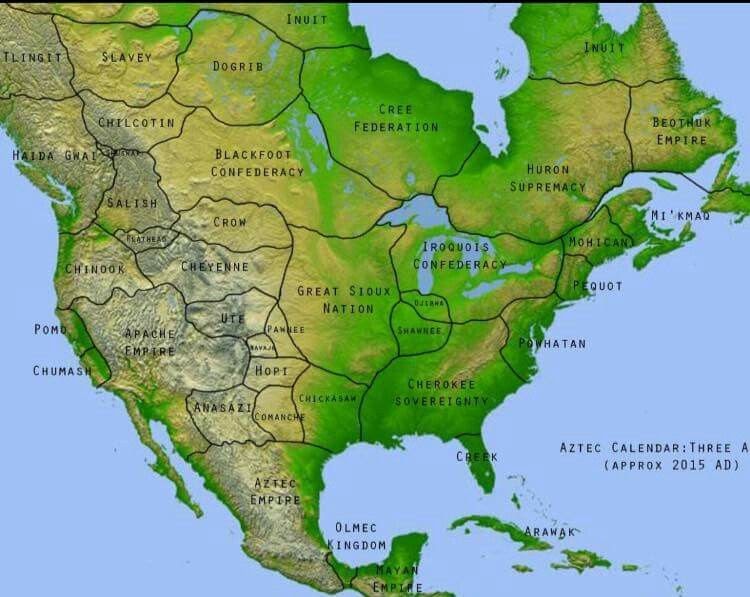The arrival of Europeans in the Americas had a profound impact on the region. Before the Europeans arrived, the Americas were home to numerous indigenous cultures with their own unique languages, customs, and beliefs. However, European contact brought about significant changes that would forever alter the course of history for the Americas. In this article, we will explore some of the key ways in which European contact changed the Americas.
The Arrival of Europeans

The first European to reach the Americas was Christopher Columbus in 1492. He sailed across the Atlantic Ocean in search of a new trade route to Asia, but instead landed on an island in the Caribbean Sea. This marked the beginning of European contact with the Americas, which would continue for centuries to come.
Conquest and Colonization

One of the most significant ways in which European contact changed the Americas was through conquest and colonization. European powers, such as Spain, Portugal, France, and England, established colonies throughout the Americas, often through violent means. The conquest of the Aztec and Inca empires by Spanish conquistadors is a prime example of this.
These colonies brought about significant changes to the region. European colonizers brought with them new languages, religions, and cultures, which often displaced and suppressed the existing indigenous cultures. This led to significant social, economic, and political changes throughout the region.
Spread of Diseases

Another significant impact of European contact on the Americas was the spread of diseases. Europeans brought with them diseases such as smallpox, measles, and influenza, which the indigenous peoples had no immunity to. As a result, these diseases spread rapidly throughout the region, killing millions of people.
These diseases had a significant impact on the social and political structures of the Americas. They weakened the indigenous populations, making them more vulnerable to conquest and colonization by Europeans.
The Slave Trade

European contact also brought about the transatlantic slave trade, which had a significant impact on the Americas. Europeans forcibly brought millions of Africans to the Americas to work as slaves on plantations and in mines.
The slave trade had a significant impact on the economies of the Americas. It fueled the growth of plantations and mining industries, which were integral to the economies of many European colonies. However, it also had a profound impact on the lives of millions of enslaved Africans, who were subjected to forced labor, abuse, and exploitation.
New World Crops

European contact also brought about the exchange of crops and plants between the Americas and Europe. This exchange, known as the Columbian Exchange, had a significant impact on the economies and diets of both regions.
European colonizers introduced crops such as wheat, barley, and grapes to the Americas, while indigenous crops such as maize, potatoes, and tomatoes were introduced to Europe. This exchange had a profound impact on the diets and cuisines of both regions, and many of these crops are still widely consumed today.
Conclusion
European contact had a profound impact on the Americas, bringing about significant social, economic, and political changes. The conquest and colonization of the region, the spread of diseases, the transatlantic slave trade, and the exchange of crops and plants are just a few of the ways in which European contact changed the Americas forever.
Despite the challenges and hardships brought about by European contact, the indigenous cultures of the Americas have persevered and continue to thrive today. Understanding the impact of European contact on the Americas is essential for understanding the history and culture of the region.